Last seen clambering over the MDF wheelchair ramps of Laurent Pelly’s Royal Opera House production of Jules Massenet’s opéra comique, Manon the minx, the ‘sphinx étonnant’ of Abbé Prévost’s 1731 novel Histoire du Chevalier des Grieux et de Manon Lescaut, reappears in two guises as part of Welsh National Opera’s Fallen Women season; as the heroine of Puccini’s Manon Lescaut and the antiheroine of Hans Werner Henze’s Boulevard Solitude, both directed by Mariusz Trelinski.
The connection between her story and La traviata, the third opera in WNO’s season, is deeper than a coincidence of job descriptions. In La dame aux camélias, the source for Verdi’s opera, Marguerite’s lover, Armand, buys a copy of Prévost’s novel at the auction of the dead courtesan’s effects. Marguerite/Violetta is a martyr to both kinds of consumption: the frenzied spending spree of a rapidly expanding Paris and a heavily romanticised disease. Compared with Manon, the wild child whose head is turned simultaneously by a handsome seminarian and a glimpse of the high life afforded by low morals, she is also a saint.
In Massenet’s bel époque bonbon, Manon’s reckless greed is diluted with girlish sentimentality. In Puccini’s drama, animal attraction — to des Grieux and to luxury — is all. Manon Lescaut is a score with dirt under its fingernails and pheromones in its armpits. It doesn’t pay to get too misty-eyed about Puccini’s heroines. But Trelinski goes further, turning a capricious, greedy, sensual teenager into a misogynistic fantasy figure with a heart of pure fibreglass, an Allen Jones hatstand with a lirico-spinto voice. A graduate of the Lodz Film School, he has taken the many re-presentations of Manon’s story from Prévost to the films of Henri-Georges Clouzot and Jean Aurel as a cue to deconstruct the myth of predatory female sexuality, with Manon as a sort of ur-whore. The setting, designed by Boris Kudlicka and Felice Ross, is a stygian train station peopled by executives in suits and sunglasses and perma-pouting airline stewardesses, and serves for Amiens, Paris, Le Havre and the Louisiana penal colony. The empty high-rise buildings beyond the sliding doors indicate post-recession modernity. Inside, the moulded plastic seating, wall-mounted payphones and neon-signage take us back to the 1980s, with pools of blue and scarlet light plundered from the films of David Lynch.
The movement direction is MTV-slick. In Geronte’s salon, it’s girls on a leash, girls on their knees, girls in PVC thongs, while the men, perhaps thankfully, remain fully clothed. How those dancers must long for a pair of sensible cotton briefs! Manon (Chiara Taigi), in the original a virgin en route to a convent school, first appears in vampish heels and a crimson raincoat, cigarette clamped between her blood-red lips. Taigi doesn’t look 16. But no one who sings this role does, and one should be grateful for a pair of slender ankles and a smoky, incisive soprano that must once have been packed with potential and still has reserves for ‘Sola, perduta, abbandonata’.
Gwyn Hughes Jones’s des Grieux is similarly shopworn: a middle-aged, middle-management type, singing sturdily into the payphones, poring obsessively over the metro system map, as though it might hold the legend to Manon’s soul. It cannot. Even in death, Trelinksi’s Manon remains an enigma, prowling the station in her mac, now with two body doubles, while the orchestra sobs and shudders under conductor Lothar Koenigs, the beating heart in this heartless, often perverse production.
Musical standards remain high, courtesy of Stephen Richardson (Geronte/Ship’s Captain, here both pimps), David Kempster (Lescaut) and the shimmying, sequinned quintet of madrigalists, led by Monika Sawa. The animal appetite and human sorrow of Manon’s story is condensed into the harrowing Act III intermezzo, the heartbreak of her sentencing reduced to humiliation, a dirty cardigan and dirtier petticoat, her lipstick now a clownish blur. If Trelinski’s Manon Lescaut is intended as a provocation, it has worked. So grim does the world of heterosexual desire appear that it’s enough to send one to the garden centre instead. But there are obvious problems with a lecture on the mythologising of Manon, especially when that lecture is delivered by a male director. The commodification of the female body is all around us, on the newsstands, on television, in the cinema, in clubs like that owned by Geronte, even in Cardiff. And it is probable that at least some of Trelinski’s audience will not click their tongues in disapproval at a twerking Manon but instead be mildly titillated. I left thinking fondly of comfortable cotton underwear, the sort you can pull up under your chin, and longing to hear Falstaff — an opera immune to the twin poisons of misogyny and misandry, at least until Trelinski deconstructs it.
Got something to add? Join the discussion and comment below.
Get 10 issues for just $10
Subscribe to The Spectator Australia today for the next 10 magazine issues, plus full online access, for just $10.
You might disagree with half of it, but you’ll enjoy reading all of it. Try your first month for free, then just $2 a week for the remainder of your first year.

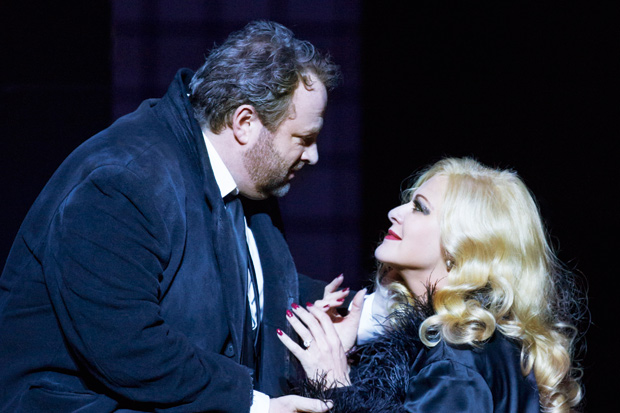
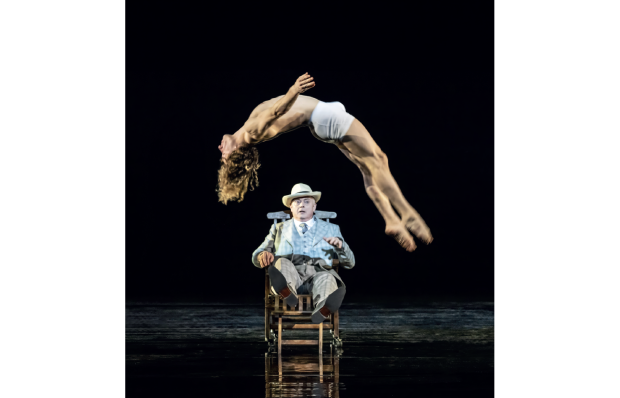
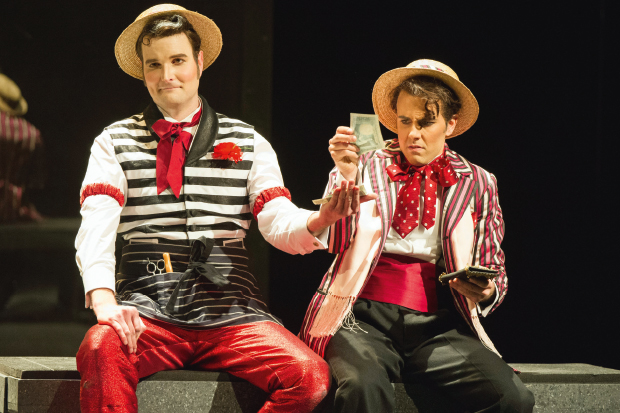
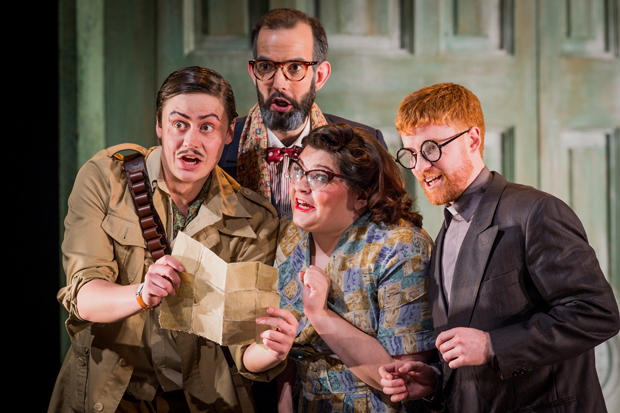
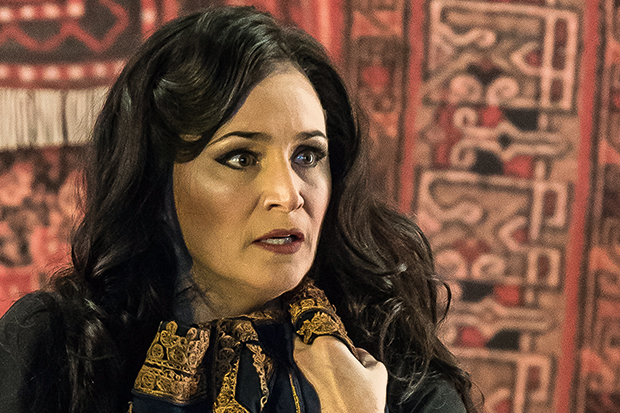
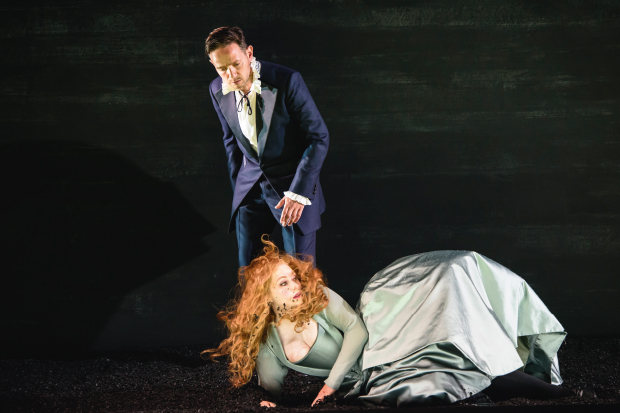
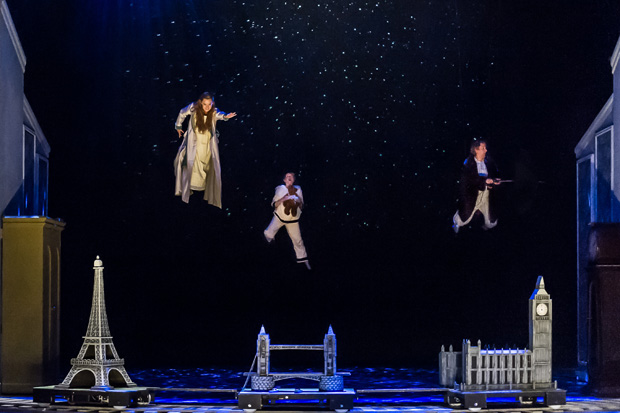






Comments
Don't miss out
Join the conversation with other Spectator Australia readers. Subscribe to leave a comment.
SUBSCRIBEAlready a subscriber? Log in